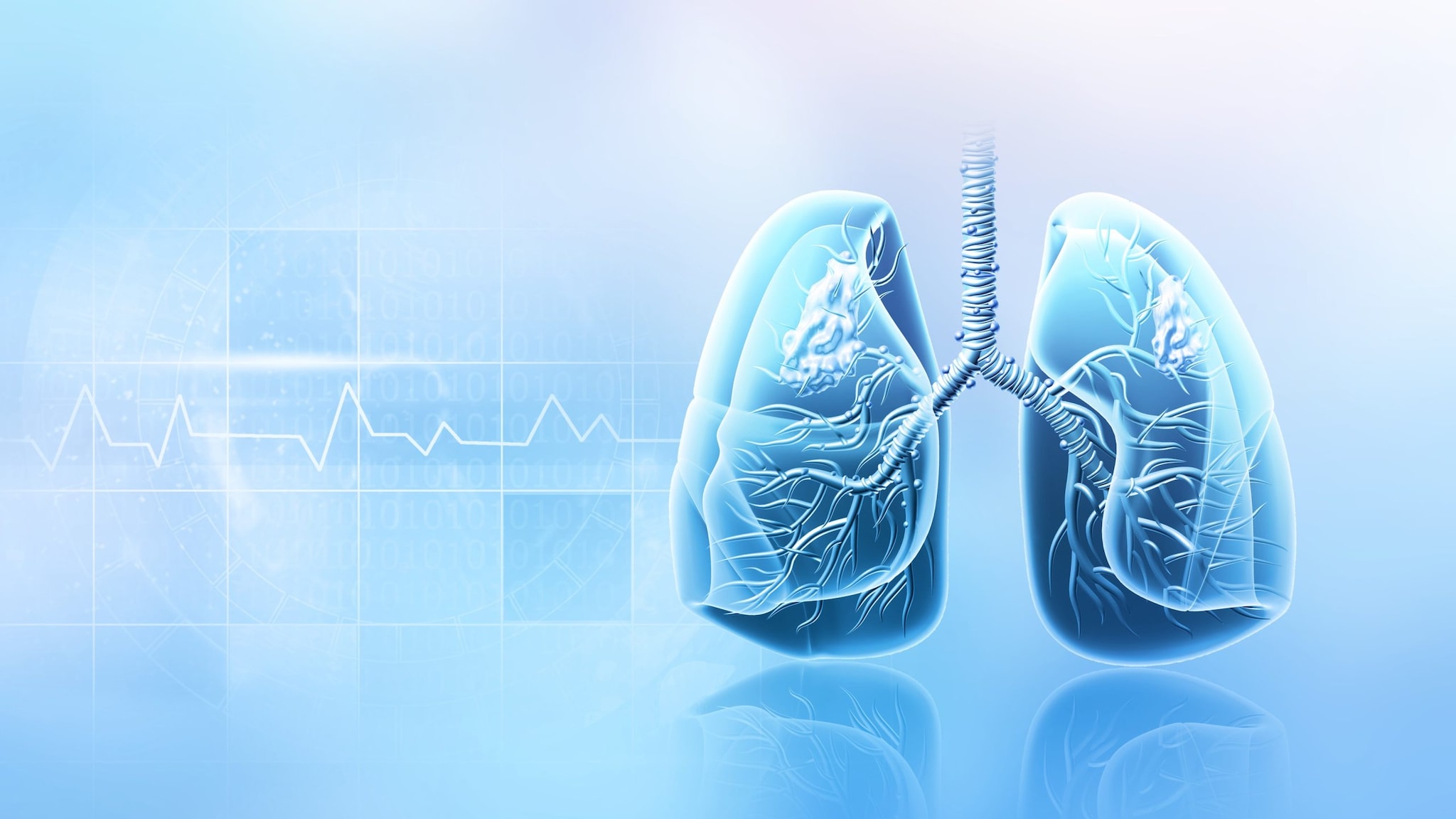At a glance
The Respiratory Health Division (RHD) is part of the National Institute for Occupational Safety and Health (NIOSH). RHD conducts research and administers service programs to prevent work-related respiratory disease caused by hazardous occupational agents and to improve workers’ respiratory health.

What we do
Respiratory Research
RHD provides national and international leadership in work-related respiratory health issues by generating new knowledge and transferring that knowledge into practice to benefit workers. The division’s research includes:
- Conducting multidisciplinary research to identify work-related respiratory hazards, assess workplace exposures, characterize health risks, and develop and disseminate effective interventions.
- Collecting, analyzing, and disseminating national data to track the burden of work-related respiratory disease.
- Responding to NIOSH Health Hazard Evaluation (HHE) requests for evaluations of potential respiratory risks and providing recommendations for solutions.
- Providing health screening and surveillance services to U.S. coal miners under a program mandated by federal law called the Coal Workers’ Health Surveillance Program.
Examples include:
Various areas of studies include exposures to:
- Additive manufacturing
- Coal mine dust
- Flavorings
- Isocyanates
- Peracetic acid
- Silica
- Styrene
Field Studies
Under the NIOSH Health Hazard Evaluation Program, RHD responds to requests from employers, current employees, or their authorized representatives, to conduct on-site investigations of reported respiratory hazards in their workplaces. This work includes evaluation of the frequency and severity of specific respiratory diseases using:
- Epidemiological methods
- Environmental assessments
- Industrial hygiene sampling
- Medical testing
- Laboratory research
- Data analysis
Findings of investigations allow RHD to provide workplaces with appropriate recommendations for prevention. RHD health hazard evaluations have included investigations of:
- Cleaning chemical exposures to healthcare employees
- Exposures in dental clinics
- Indoor environmental quality in office buildings
- Tuberculosis (TB) in zoo employees
- Waste anesthetic gas exposure in veterinary settings
- Workplaces using diacetyl and related flavoring chemicals
RHD also performs experimental field studies for investigating relationships between work and respiratory diseases to characterize potentially hazardous exposures and evaluate effectiveness of preventive interventions.
Respiratory Surveillance
RHD studies trends of specific diseases and integrates mortality, morbidity, and hazard surveillance data pertaining to occupational respiratory health and provides scientific findings to diverse audiences. To achieve this, RHD uses data from national health surveys, industry-wide medical monitoring programs, electronic health records, and inspection/enforcement programs.
Coal Workers' Health Surveillance Program
The Coal Workers' Health Surveillance Program (CWHSP) was initially established in 1970 by the Federal Coal Mine Health and Safety Act of 1969. In accordance with the Mine Safety and Health Administration's rule on respirable coal mine dust exposure, the CWHSP provides the following services, below.
Health Screening for Coal Miners: CWHSP provides U.S. coal miners with the opportunity to undergo health screening for respiratory disease with respiratory symptom questionnaires, chest x-rays, and spirometry (a type of lung function test) at entry into coal mining and at intervals thereafter throughout their coal mining careers. Screenings are provided by medical facilities approved by NIOSH and a NIOSH mobile unit that travels to coal mining regions throughout the nation.
NIOSH B Reader Program: The B Reader Program aims to create and maintain a pool of physicians who are able to "classify" chest radiographs for the presence and severity of changes associated with pneumoconiosis (dust-induced lung disease) using the International Labour Organization's classification system. It accomplishes this aim by providing learning opportunities and examinations that document physicians' abilities to use the classification system.
NIOSH Spirometry Training Program
The Occupational Safety and Health Administration (OSHA) Cotton Dust Standard [29 CFR 1910.1043] assigned NIOSH the responsibility of approving spirometry courses developed to train technicians who perform spirometry under the Standard. The purpose of a NIOSH-Approved Course is to improve the quality of testing by assuring that technicians who perform spirometry have received sufficient theoretical and hands-on training. NIOSH-approved spirometry training courses are recognized for their quality and are attended by technicians performing spirometry in a variety of settings.
Technology and product highlights
Dampness and Mold Assessment Tool
Research has found that people who spend time in damp buildings are more likely to report respiratory health problems. This tool can help assess areas of dampness in buildings and schools and prioritize remediation for general buildings and schools.
Faces of Black Lung I Video
This video provides background on black lung among coal miners and features miners who share stories on how their lives changed due to the disease.
Faces of Black Lung II Video
Following up the Faces of Black Lung I video, this video includes commentary from medical experts and testimonials from younger miners in their 30s & 40s who have the disease.
Learning Curves Video: Technical Procedures for Spirometry Testing in the Occupational Setting
This video consists of seven downloadable modules that provide guidance on spirometry testing for health professionals.
How we do it
RHD has approximately 66 full time positions and has offices and labs in Morgantown, WV. Staff have experience in the following areas:
- Epidemiology and Surveillance: Epidemiologists I Statisticians I Health Scientists
- Engineering: Architectural Engineers I Chemical Engineers
- Exposure Science: Industrial Hygienists I Physical Scientists I Biological Science Technicians
- Occupational Health: Physicians I Nurses I Health Assessment Specialists I Medical Instrument Technicians
- Program Administration: Public Health Analysts I Program Analysts
- Health Communications: Health Communication Specialists
- Information Technology: Computer Programmers I Health Informatics
